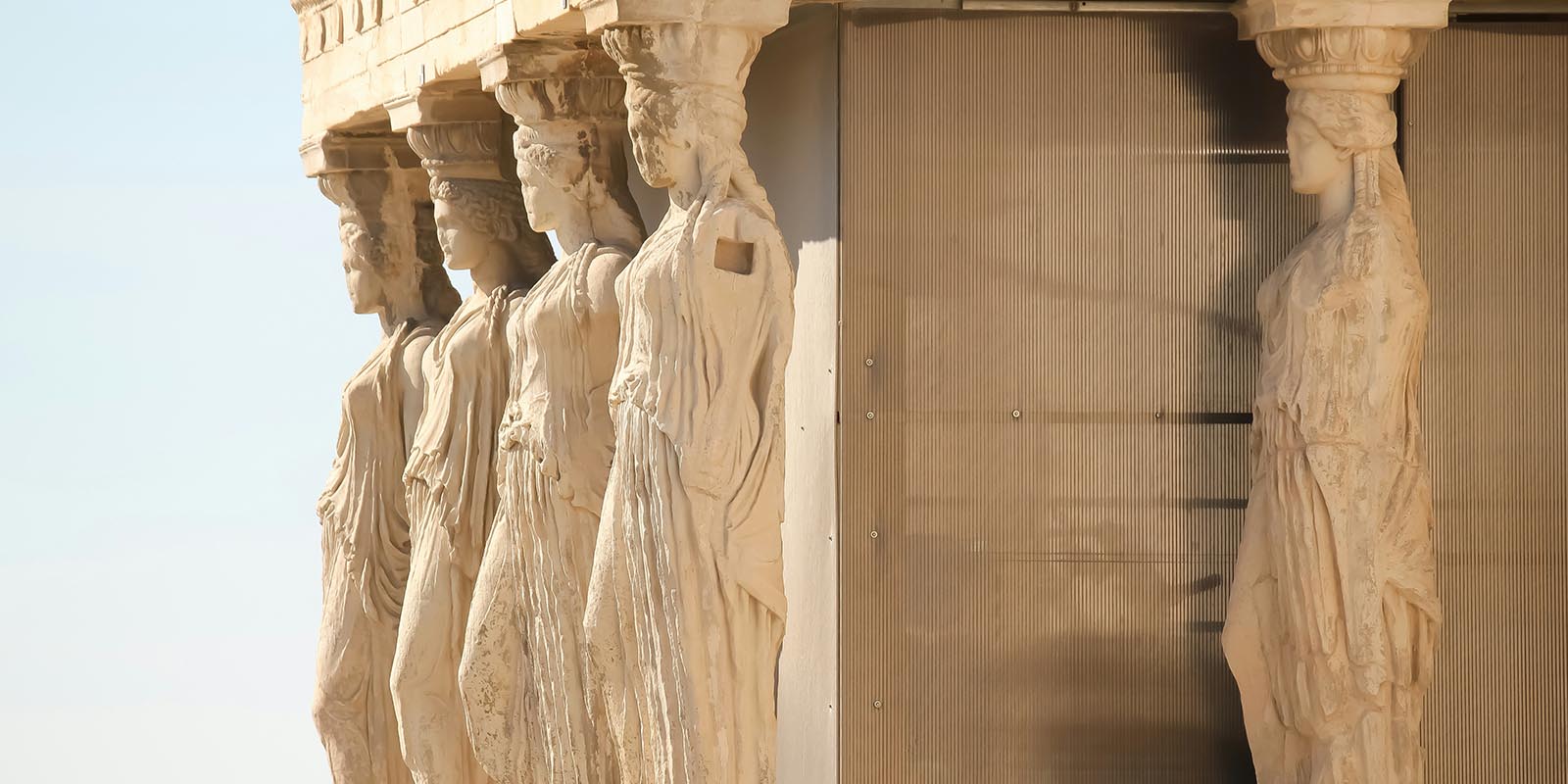

Temples were the most significant places of worship in ancient Greece, serving as homes for the gods. These structures were built on elevated ground and were often the focal point of city-states. The Parthenon in Athens, dedicated to Athena, and the Temple of Zeus at Olympia are prime examples of Greek temple architecture, showcasing the Doric, Ionic, and Corinthian orders. Inside, temples housed a statue of the deity and an altar for sacrifices and offerings.
Sanctuaries: Sanctuaries were sacred spaces dedicated to one or more gods, often located in natural settings such as groves, springs, or caves. These areas were believed to be imbued with divine presence and were used for rituals and pilgrimages. The Sanctuary of Apollo at Delphi, where the famous oracle delivered prophecies, and the Sanctuary of Zeus at Dodona, known for its oracle of Zeus, were major religious centers attracting visitors from across the Greek world.
Altars: Altars were essential components of Greek worship, used for sacrifices and offerings to the gods. They could be found both within temple precincts and in open-air settings. Altars varied in size and design, from simple stone structures to elaborate constructions adorned with reliefs. Public altars, such as the Great Altar of Zeus in Pergamon, were often the sites of communal rituals and festivals.
Oracular Sites: Oracular sites were places where individuals and city-states sought divine guidance through oracles. The most famous was the Oracle of Delphi, where the priestess Pythia, inspired by Apollo, provided cryptic predictions. Other notable oracular sites included the Oracle of Dodona, where priests interpreted the rustling of oak leaves as messages from Zeus, and the Oracle of Trophonius in Boeotia, known for its intense and mysterious rites.
Festivals and Panhellenic Games: Religious festivals and games were held at various sacred sites, combining worship with athletic, artistic, and cultural events. The Olympic Games, held in honor of Zeus at Olympia, and the Panathenaic Festival in Athens, celebrating Athena, were major events attracting participants and spectators from across Greece. These festivals included processions, sacrifices, competitions, and feasts, reinforcing social cohesion and religious devotion.
Household Shrines: In addition to public places of worship, private homes had household shrines dedicated to family gods and ancestors. These shrines typically featured small altars or niches with statues or images of deities such as Hestia, the goddess of the hearth, and Zeus Ktesios, protector of the household. Daily rituals and offerings were made at these shrines to ensure the family's well-being and divine favor.
Hero Cults: Hero cults were a unique aspect of Greek religion, focusing on the worship of heroes who were often regarded as semi-divine. These cults were centered at the tombs or reputed resting places of heroes, where devotees offered sacrifices and prayers. Notable hero cults included those of Heracles, Theseus, and Achilles. These sites were believed to have protective and healing powers, attracting worshippers seeking blessings and intervention.
Legacy: Ancient Greek places of worship were integral to the religious, social, and cultural life of the Greeks. They provided spaces for communal gatherings, rituals, and expressions of piety. The architectural and artistic achievements of Greek temples and sanctuaries influenced subsequent cultures and continue to be studied and admired for their historical and aesthetic significance.
The Oracle at Delphi was one of the most important religious institutions in ancient Greece. Located on the slopes of Mount Parnassus, the sanctuary of Apollo at Delphi was considered the center of the world and a place where mortals could communicate with the divine.
More

Ancient Greeks built their temples in locations believed to be sacred, such as atop hills or near natural springs. The Parthenon, dedicated to the goddess Athena, was constructed on the Acropolis of Athens, a prominent hill overlooking the city, emphasizing the spiritual and cultural significance of high places in Greek religious practice.
Ancient Greek art and architecture, with its harmonious proportions and timeless elegance, continue to inspire awe and admiration millennia later.
Discover
Greek mythology, a rich tapestry of gods, heroes, and mythical creatures, captivates the imagination with its tales of love, betrayal, and epic adventures that delve into the depths of the human psyche.
Discover
Ancient Greek history, marked by remarkable achievements in democracy, philosophy, and warfare, shaped the foundation of Western civilization, leaving an indelible legacy of innovation and cultural influence that continues to resonate to this day.
Discover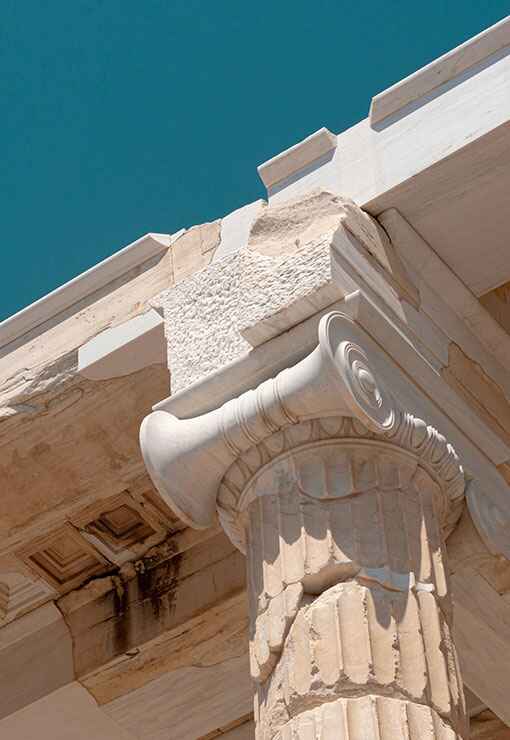
The ancient Greek Olympics, held in Olympia every four years, celebrated athleticism, unity, and cultural pride, serving as a testament to the enduring spirit of competition and excellence that transcends time and borders.
Discover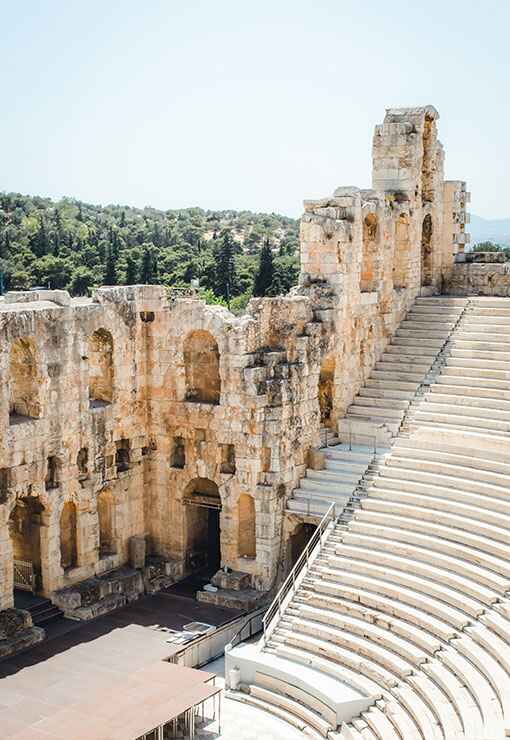
Ancient Greek wars, such as the Persian Wars and the Peloponnesian War, were pivotal conflicts that shaped the course of history, highlighting the struggle for power, independence, and the clash of civilizations in the ancient Mediterranean world.
Discover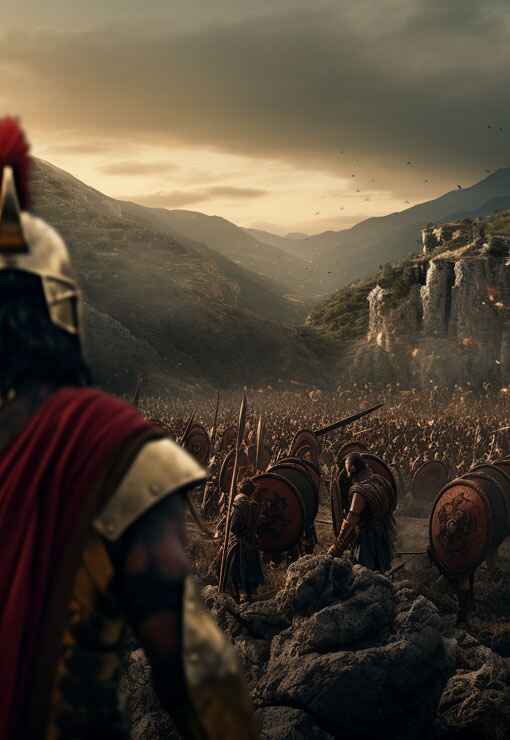
Ancient Greek culture and society, characterized by its emphasis on art, philosophy, and civic engagement, fostered a vibrant intellectual and social landscape where innovation flourished, democracy thrived, and the pursuit of knowledge and excellence was celebrated as fundamental values of civilized life.
Discover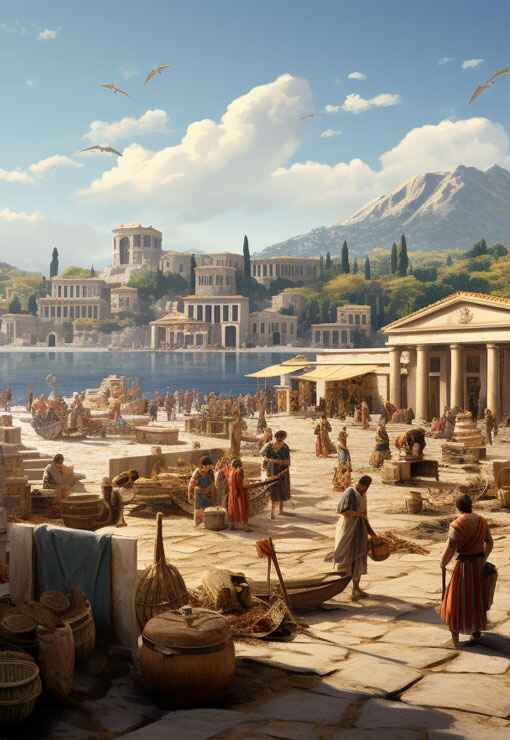
Find out more about ancientgreece.com